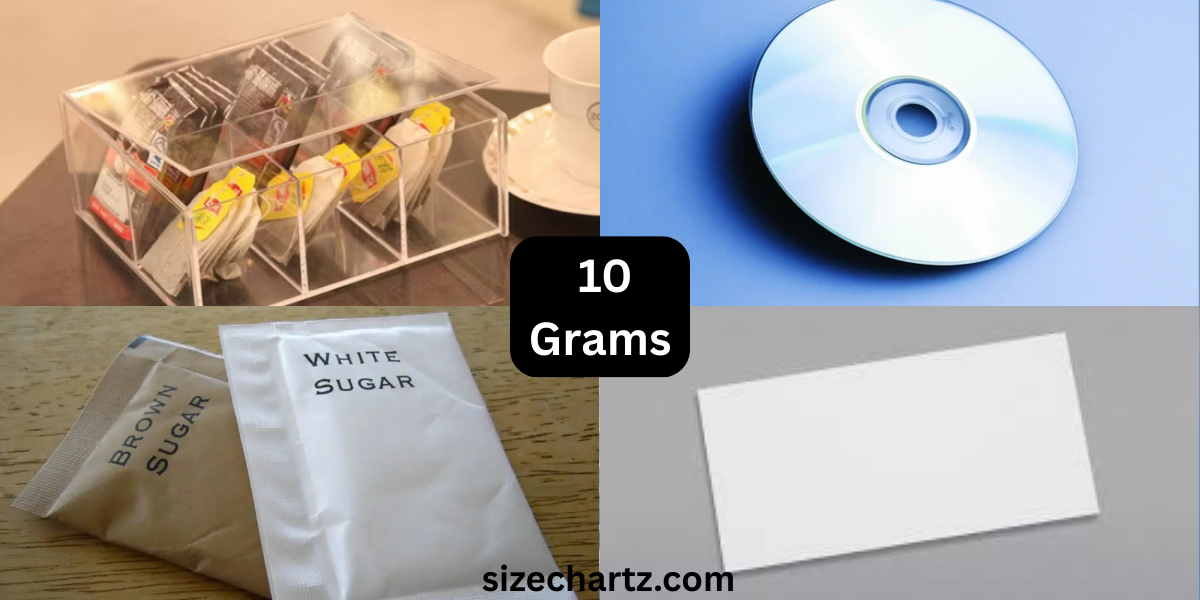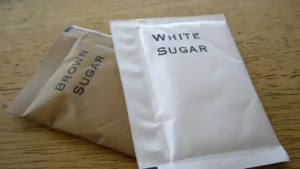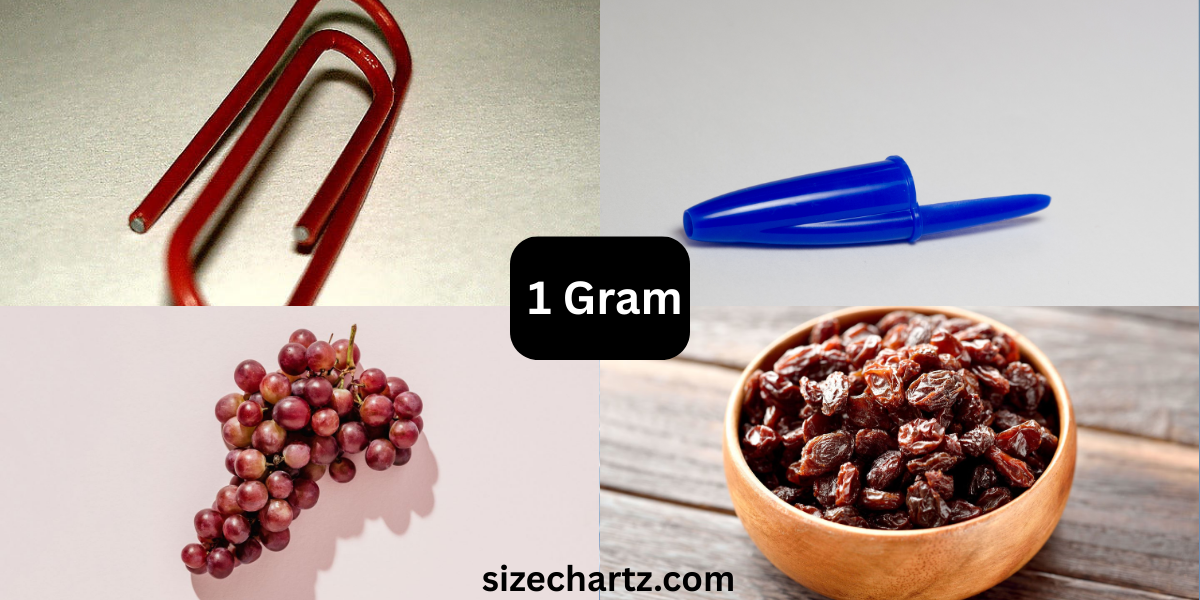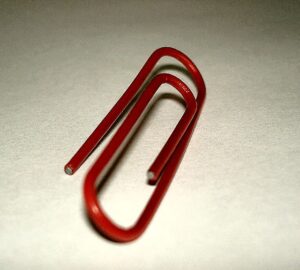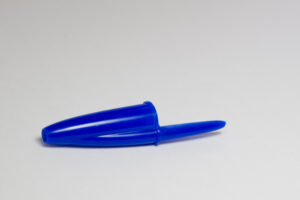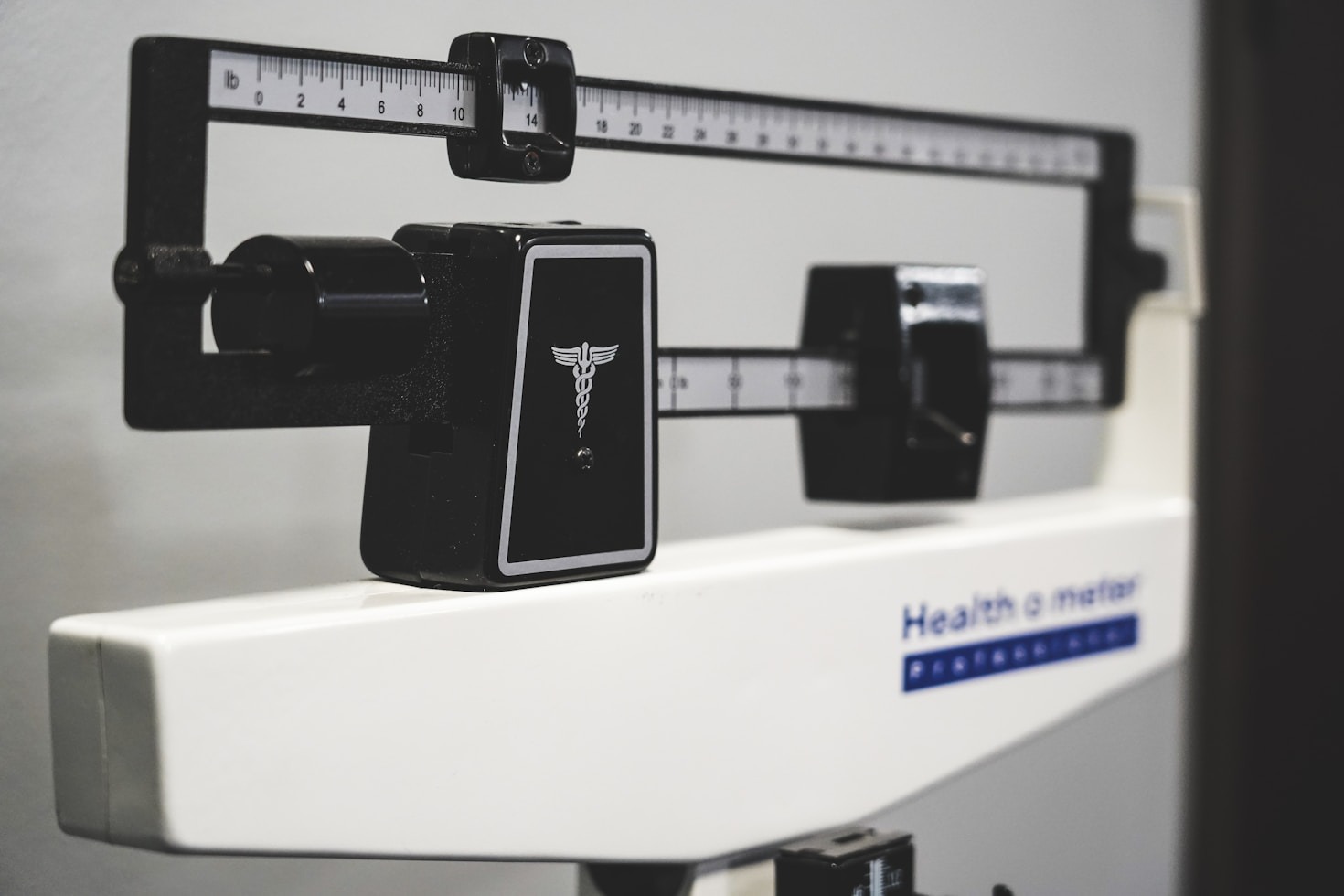Have you ever looked at a Pringles can and thought, “That’s such a unique shape—how big is it really?” You’re not alone. Whether you’re curious for a school project, planning a craft idea, or just wondering how many chips you’re actually getting, knowing the dimensions of a Pringles can is surprisingly useful.
Pringles cans are instantly recognizable—the tall, slim, cylindrical tube with its pop-off lid is almost as famous as the chips themselves. But here’s the thing: not all Pringles cans are the same size. Depending on the market, flavor, and type, the dimensions can vary.
This article will give you a complete breakdown of Pringles can dimensions, covering standard cans, mini snack tubes, jumbo cans, and even packaging variations worldwide. Along the way, we’ll dive into why the dimensions matter, what misconceptions people have, and how you can use this information in everyday life.
By the time you’re done reading, you’ll have the most comprehensive, easy-to-understand guide to Pringles can sizes anywhere on the internet.
Why Are Pringles Cans So Recognizable?
Before we talk numbers, let’s acknowledge why the design matters. Unlike typical potato chips sold in crinkly bags, Pringles come stacked neatly inside a rigid cardboard-and-metal tube. This isn’t just a branding choice—it’s a practical design to protect the chips.
- No crushed chips: The can prevents the breakage you often see in regular chip bags.
- Space-efficient storage: The cylindrical shape makes it easy to stack on shelves.
- Portion control: You know exactly how many chips fit inside.
- Iconic brand identity: When you see that can, you know instantly it’s Pringles.
The dimensions of the can are critical to maintaining this perfect balance between chip size, chip shape, and storage capacity.
Standard Pringles Can Dimensions
The most common Pringles can is the standard-size tube you’ll find in grocery stores worldwide.
- Height: Around 10 inches (25.4 cm)
- Diameter: About 3 inches (7.6 cm)
- Circumference: Roughly 9.5 inches (24 cm)
- Weight of contents: Typically 5.5 to 6.4 ounces (156–182 grams) depending on flavor and region
This size is what most people picture when they think of Pringles—a tall, slim tube that can slip into a backpack or sit neatly in a pantry.
Other Pringles Can Sizes You Might See
1. Mini Pringles Cans (Snack Stacks or Small Tubes)
- Height: About 4 inches (10 cm)
- Diameter: Around 2.5 inches (6.3 cm)
- Weight of contents: Usually 1.3 to 1.4 ounces (37–40 grams)
These are perfect for lunchboxes, road trips, or portion-controlled snacking. They’re also popular in vending machines.
These are perfect for lunchboxes, road trips, or portion-controlled snacking. They’re also popular in vending machines.
2. Grab-and-Go Cans
These mid-sized cans are designed for convenience stores and quick snacking.
- Height: About 6 inches (15 cm)
- Diameter: Similar to the standard can (3 inches / 7.6 cm)
- Weight of contents: Around 2.5 to 3 ounces (70–85 grams)
Think of these as the “personal Pringles” that don’t require sharing.
3. Super-Stack or Family-Size Cans
In some countries, you’ll find larger cans that hold more chips.
- Height: 12 to 13 inches (30–33 cm)
- Diameter: Still 3 inches (7.6 cm)
- Weight of contents: Can exceed 7–8 ounces (200–230 grams)
These are designed for parties or for serious Pringles fans who don’t want to run out too quickly.
Why Pringles Can Dimensions Matter
You might be wondering: why should anyone care about the exact measurements of a Pringles can? Turns out, there are several practical reasons.
1. For Storage and Organization
Knowing the height and width helps you decide if the can fits in certain cupboards, backpacks, or car cup holders. (Spoiler: they don’t usually fit in standard cup holders.)
2. For Craft and DIY Projects
Pringles cans are famously repurposed for crafts—everything from pencil holders and gift boxes to science projects like homemade speakers or periscopes. Precise dimensions help you design and measure correctly.
3. For Shipping and Travel
If you’re packing snacks for a trip, knowing whether a Pringles can fits inside your luggage or carry-on makes planning easier.
4. For Nutritional Awareness
The size of the can directly relates to how many chips (and calories) you’re consuming.
Common Misconceptions About Pringles Can Sizes
Let’s clear up a few myths:
- “All Pringles cans are the same.”
Wrong. There are at least three major sizes, plus regional variations. - “Pringles chips are smaller in some countries.”
In some cases, yes. Manufacturing facilities adjust chip and can sizes based on consumer habits and packaging standards in different markets. - “You can always fit your hand inside a Pringles can.”
Not true! The standard 3-inch diameter can be too narrow for larger hands, which is why some people resort to pouring chips out instead.
Real-Life Examples: Visualizing Pringles Can Dimensions
Sometimes numbers don’t mean much until you compare them to familiar objects:
- A standard Pringles can is about as tall as a wine bottle but slimmer.
- A mini Pringles can is about the same size as a coffee mug.
- A family-size can is roughly the height of a two-liter soda bottle, though narrower.
These comparisons make it easier to picture dimensions in everyday life.
Mistakes to Avoid When Measuring or Using Pringles Cans
- Assuming uniformity: Don’t assume every can worldwide is identical. Check labels for exact volume or net weight.
- Overstuffing crafts: If using a can for storage, remember the interior diameter is slightly less than 3 inches due to the lining.
- Ignoring lid size: The plastic lid adds a fraction of an inch to the height—important for precise projects.
Tips and Alternatives for Storing Pringles
If you struggle with the tall, narrow design:
- Pour chips into a bowl to avoid hand-access issues.
- Use chip clips on opened cans if you lose the lid.
- Transfer to airtight containers for long-term freshness, especially in humid climates.
As for alternatives, other brands sometimes sell stackable chips in bag packaging, but they rarely offer the same uniform stacking efficiency.
Industry Insights: Why Pringles Stick to These Dimensions
Pringles cans are engineered with precision:
- Chip shape (hyperbolic paraboloid) requires uniform stacking.
- Can height ensures consistent weight and portion control.
- Diameter balances chip strength and consumer grip.
This consistency across markets helps maintain brand identity, even if the weights vary slightly.
FAQs About Pringles Can Dimensions
Q1. How tall is a standard Pringles can?
About 10 inches (25 cm).
Q2. What is the diameter of a Pringles can?
Roughly 3 inches (7.6 cm).
Q3. Do Pringles cans differ by country?
Yes, sizes and net weights can vary slightly by region.
Q4. How many chips are in a standard can?
Usually between 90 and 100 chips, depending on flavor and thickness.
Q5. Can a Pringles can be used for crafts?
Absolutely. Their durable shape makes them perfect for pencil holders, speakers, and more.
Q6. Why can’t you fit your hand in a Pringles can?
Because the diameter is only 3 inches, which is narrower than many adult hand spans.
Q7. Is the Pringles can recyclable?
Yes, but it’s considered “difficult-to-recycle” due to mixed materials (cardboard, foil, and metal). Check local recycling rules.
Q8. What’s the largest Pringles can available?
Family-size cans can be 12–13 inches tall and hold over 200 grams of chips.
Conclusion
Now you know that Pringles cans come in several sizes, with the standard can measuring about 10 inches tall and 3 inches in diameter. Whether you’re planning a DIY project, comparing snack sizes, or just curious about what makes these cans so iconic, you’ve got all the answers.
Pringles may be just chips to some people, but their unique packaging has become a symbol of smart design, convenience, and brand recognition. Next time you pop the lid, you’ll know exactly what those dimensions mean—and maybe even put that empty can to good use.








